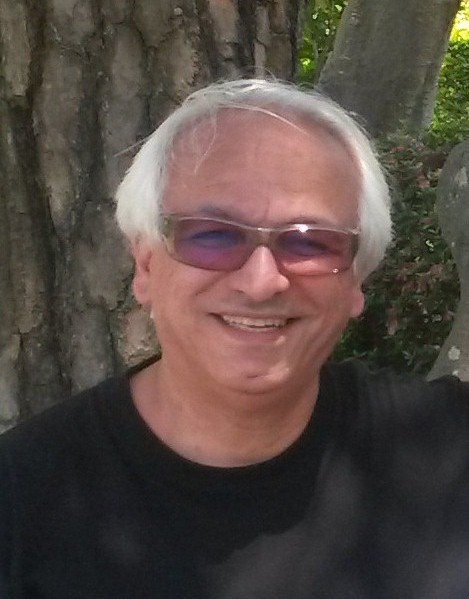With their beamtime on HiFi originally scheduled for the summer, Cody Landry, Khash Ghandi and their team were unable to go ahead with their experiment as planned due to the ISIS COVID-19 shutdown. However, with a simple experimental setup, HiFi beamline scientist James Lord thought their experiment would be a suitable candidate for running under the current remote access regime.
“I posted an empty sample cell out to them in Canada" James explains; “and they were able to fill it with the sample they made in the lab and send it back to us ready to run." James then loaded the sample onto the instrument on his own at the start of the cycle, although Cody did wake up at 3:30am Canadian time to make sure he was around when the beamtime started.
Thanks to the work of the ISIS computing team, the group were then able to access the computers that control the beamline, turning their office into a replacement hutch for the week. “The instructions we have been given were very useful" says Cody; “I've not been to ISIS before but we were able to remotely dial in to the instrument, and it has all gone very well."
The group are studying the free radical chemistry of a short-lived cation in an ionic liquid that has the potential for use in applications including batteries and antimicrobial plastics. Although unable to run the Radio Frequency MuSr that was initially included in the proposal, they have been able to extend the temperature range under study, giving them more information about the conditions under which this reactive intermediate is formed.
“It would be better to be on the beamline in person, in case anything went wrong," says Cody, “but we've been lucky that that's not happened on this experiment." James agrees; “This set up has been OK for this experiment under simple conditions but, for more complex procedures, we really need the users onsite."
 The group have actually found that the time difference between the two teams has been less challenging than expected. Khash (pictured left) explains; “we have been staying up late in Canada, and that leaves only a few hours before James is up in the UK and back at the beamline."
The group have actually found that the time difference between the two teams has been less challenging than expected. Khash (pictured left) explains; “we have been staying up late in Canada, and that leaves only a few hours before James is up in the UK and back at the beamline."
Although it has worked well, Khash believes there are other reasons why being on site is beneficial; “for a student such as Cody, being able to see a facility like ISIS in person, and gain hands-on experience, is very valuable and something that we are missing by running the experiment like this. I also miss meeting colleagues and speaking with the ISIS staff."
But overall, this experiment has gone very smoothly; “Kudos to all at RAL for arranging this!" he says; “and thanks very much to James for his hard work throughout the whole process."
